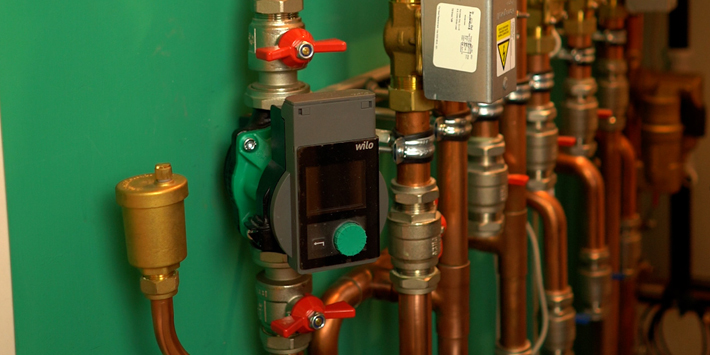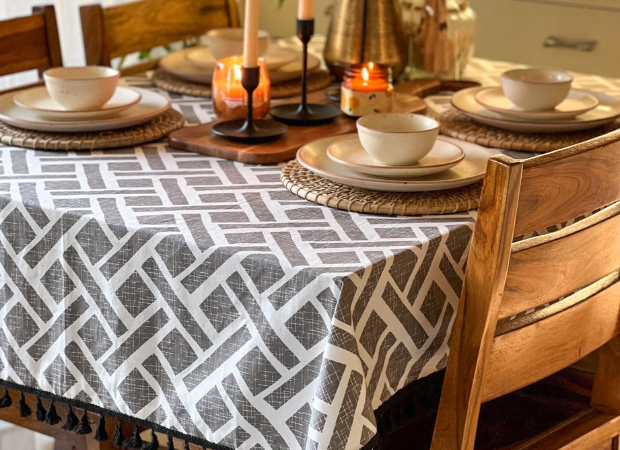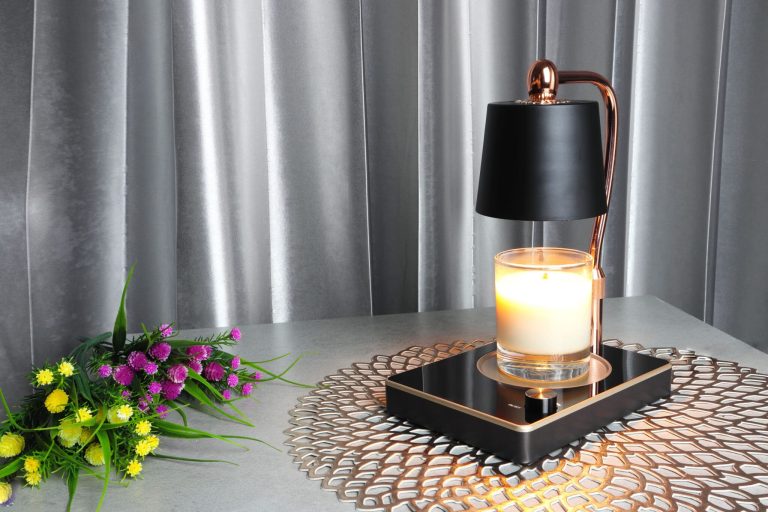Choosing the Right Circulation Pump for Your Heating System
When it comes to your heating system, one of the most important components to consider is the circulation pump.
The circulation pump is responsible for moving hot water from the boiler to the radiators or underfloor heating system, ensuring that your home stays warm and comfortable.
However, choosing the right circulation pump for your heating system can be a daunting task, as there are many factors to take into consideration.
In this article, we will discuss the key points to keep in mind when selecting a circulation pump for your heating system.
Understanding the Basics of Circulation Pumps
Circulation pumps play a crucial role in the efficiency and effectiveness of your heating system. They are designed to circulate hot water throughout the system, ensuring that every room in your home receives an adequate amount of heat.
Circulation pumps are essential for maintaining efficient water flow in heating, cooling, and plumbing systems. These pumps regulate flow rates and pressure, ensuring consistent circulation and optimal performance of equipment. By promoting efficient water movement, they enhance energy efficiency and contribute to cost savings in residential and commercial applications.
Standard efficiency pumps are usually less expensive upfront but may cost more to operate in the long run due to higher energy consumption. On the other hand, high-efficiency pumps are more environmentally friendly and can significantly reduce your energy costs over time.
When choosing a circulation pump for your heating system, it’s essential to consider factors such as the size of your home, the layout of your heating system, and your budget.
Proper maintenance and regular servicing of circulation pumps are also important to ensure they continue to operate efficiently and effectively. Ultimately, investing in a high-efficiency circulation pump can lead to long-term cost savings and a more sustainable heating system for your home.
Factors to Consider When Choosing a Circulation Pump
When choosing a circulation pump for your heating system, there are several factors to keep in mind. One of the most important factors is the size of your home and the number of radiators or heating zones that need to be serviced by the pump.
A larger home with more radiators will require a more powerful pump to ensure that hot water is distributed evenly throughout the system. Additionally, it is important to consider the efficiency and energy consumption of the circulation pump.
Opting for a pump that is energy-efficient can help reduce operating costs and minimize environmental impact. Noise level is another important factor to consider, especially if the pump will be installed in a living area where quiet operation is desired. Furthermore, the durability and reliability of the pump should not be overlooked.
Choosing a high-quality pump from a reputable manufacturer can help prevent breakdowns and prolong the lifespan of the heating system. Lastly, it is recommended to consult with a professional HVAC technician to determine the most suitable circulation pump for your specific heating system needs.
Types of Circulation Pumps
There are several types of circulation pumps available on the market, each with its own set of pros and cons. The most common types of circulation pumps include:
1. Centrifugal Pumps: These are the most common type of circulation pumps, known for their simple design and high efficiency. They are suitable for a wide range of applications and are relatively easy to maintain. However, they can be noisy and may not be as energy-efficient as other types.
2. Recirculation Pumps: These pumps are specifically designed for circulating water in heating and cooling systems. They are energy-efficient and can help reduce energy consumption by ensuring hot water is quickly delivered to taps or radiators. However, they may be more expensive to install compared to other types of pumps.
3. Submersible Pumps: These pumps are designed to be submerged in the fluid they are pumping, making them ideal for applications where space is limited. They are often used in wastewater treatment plants, aquariums, and fountains. However, they can be more difficult to access for maintenance and repairs.
4. Positive Displacement Pumps: These pumps deliver a fixed amount of flow per revolution of the pump. They are known for their high pressure capabilities and are commonly used in industrial applications. However, they may be less energy-efficient compared to centrifugal pumps.
5. Vertical Inline Pumps: These pumps are designed to be installed in a vertical position, saving space and allowing for easy maintenance. They are commonly used in HVAC systems and municipal water treatment plants. However, they may be more expensive than other types of pumps. When choosing a circulation pump, it is important to consider factors such as the intended application, energy efficiency, maintenance requirements, and initial cost. Consulting with a professional can help determine the best type of circulation pump for your specific needs.
Conclusion
Choosing the right circulation pump for your heating system is essential for ensuring that your home stays warm and comfortable during the colder months. By considering factors such as the size of your home, energy efficiency, and the type of pump that best suits your needs, you can make an informed decision that will benefit you in the long run. Remember to consult with a professional heating engineer to help you select the right circulation pump for your heating system.
Stay in touch to get more updates & news on Style Carter!






